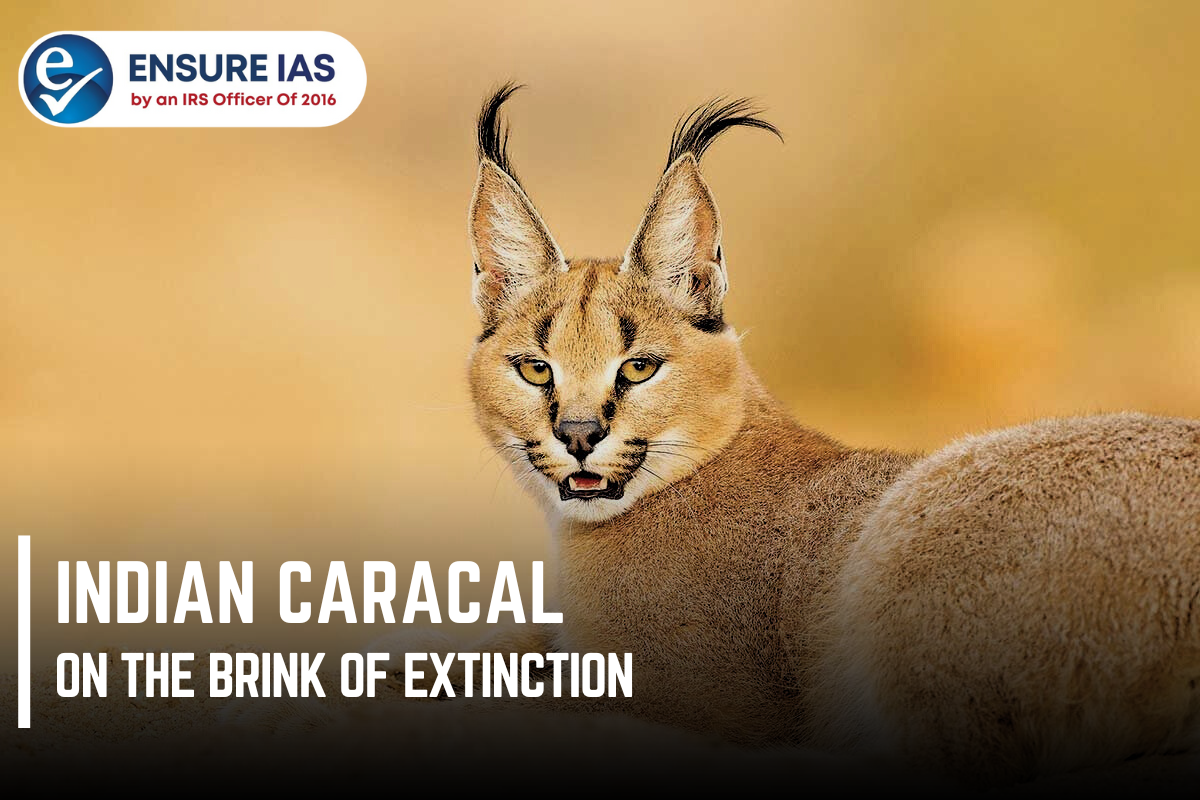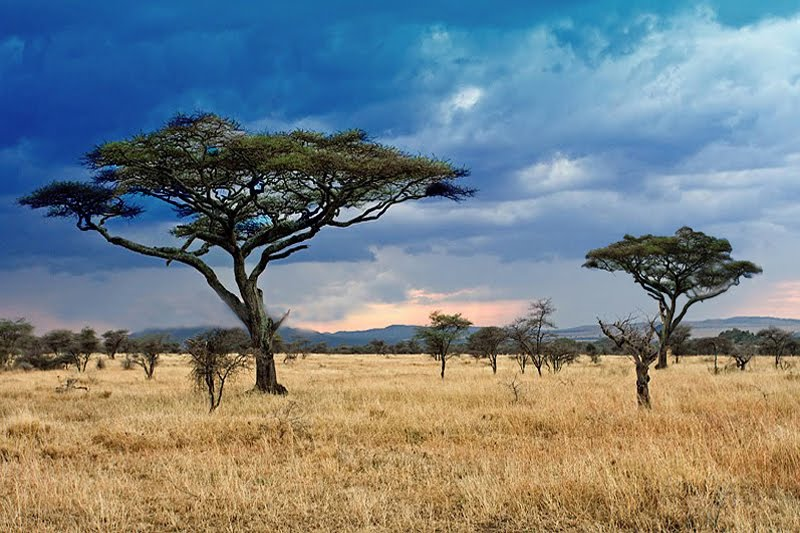- Courses
- ABOUT US
- OUR TOPPERS
- TEST SERIES
- FREE STUDY MATERIAL
- VIDEOS
- CONTACT US
PROTECT INDIA SCRUBLANDS TO SAVE THE CARACAL
PROTECT INDIA SCRUBLANDS TO SAVE THE CARACAL
03-04-2024

Recently, there was a concern regarding the conservation of the Caracal species.
About Caracal
- The elusive caracal is primarily nocturnal, traditionally admired for its extraordinary ability to catch birds in mid-flight.
- In India, it is known as siya gosh, a Persian term meaning 'black ear'.
- Distribution:
- The most suitable habitats for the caracal in India are found in the Kutch region of Gujarat, the Malwa plateau and Aravalli hill range in Rajasthan and the Bundelkhand region in Madhya Pradesh.
- Additionally, it can be found in several dozen countries in Africa, the Middle East, and Central and South Asia.
- Habitat: They live in forests, savannas and scrub forests.
- Threats: Major threats to the species include large-scale hunting, illegal trade, and loss of their natural habitats.
- Conservation status: The Wild Life (Protection) Act, 1972 classifies the caracal under Schedule I, giving it legal protection in India.
________________________________________________________________________________________________________________________________________________
Q1) What is Savanna vegetation?

- Savanna vegetation is a type of vegetation that grows in hot, seasonally dry climates.
- It is characterized by a continuous tall grassland and an open tree canopy.
- Trees are far enough and allow enough light to reach the ground for grass to grow.
- Savannas are large, flat areas of land that are a transitional zone between a forest and a grassland. They're found in Africa, South America, Australia, India, the Myanmar (Burma)–Thailand region in Asia, and Madagascar.



